Your support helps us to tell the story
From reproductive rights to climate change to Big Tech, The Independent is on the ground when the story is developing. Whether it’s investigating the financials of Elon Musk’s pro-Trump PAC or producing our latest documentary, ‘The A Word’, which shines a light on the American women fighting for reproductive rights, we know how important it is to parse out the facts from the messaging.
At such a critical moment in US history, we need reporters on the ground. Your donation allows us to keep sending journalists to speak to both sides of the story.
The Independent is trusted by Americans across the entire political spectrum. And unlike many other quality news outlets, we choose not to lock Americans out of our reporting and analysis with paywalls. We believe quality journalism should be available to everyone, paid for by those who can afford it.
Your support makes all the difference.
President Donald Trump has ordered the Federal Aviation Administration to scrap a longstanding ban on supersonic air travel across the U.S. and replace it with a to-be-determined set of regulations that will allow faster-than-sound travel so long as the sonic booms it creates do not breach certain noise limitations.
In an executive order signed on Friday, Trump directed the FAA administrator to begin the process of repealing a section of the Code of Federal Regulations that prohibits anyone in the United States from flying a civilian aircraft “at a true flight Mach number greater than 1.”
That regulation was imposed in April 1973, at a time when the British and French governments were jointly developing Concorde, a supersonic airliner that had a cruising speed in excess of Mach 2, or twice the speed of sound.
Because aircraft that break the sound barrier create shockwaves that produce loud sounds, known as sonic booms, the U.S. government banned supersonic flight over the U.S. out of concern over disruptive noise from supersonic jets criss-crossing the country.
As a result, Concorde was limited to subsonic speeds when arriving or leaving American airports, only crossing the sound barrier during transit over the Atlantic Ocean on routes between New York’s JFK airport and London.
Michael Kratsios, the director of the White House Office of Science and Technology Policy, told reporters that Trump’s order “seeks to revolutionize supersonic aviation in the United States” by allowing for modern aircraft to fly faster than sound over the continental U.S.
“The US used to be the global leader in this technology, but stifling regulations have grounded progress for generations. The reality is that Americans should be able to fly from New York to LA in under four hours,” he said.
Kratsios added that “advances in aerospace engineering, material science and noise reduction” by new startups working on faster-than-sound passenger aircraft can make supersonic travel “safe, sustainable and commercially viable” and noted that the longstanding American ban on such flights had “ grounded supersonic passenger flight and weakened our global competitiveness in aviation.”
“Today’s order fixes that,” he said.
Trump’s order comes just weeks after a pair of Republicans in Congress, Rep. Troy Nehls of Texas and Senator Ted Budd of North Carolina, introduced legislation to direct the FAA to repeal and replace the current supersonic flight ban within a year.
That legislation will no longer be necessary, as the Trump executive order directs the FAA to withdraw the ban within 180 days and launch a notice-and-comment period for replacement regulations that would be based on a noise standard rather than a strict speed limit.
According to a senior administration official, the function of the new regulations would be “to replace the effective speed standard with instead an interim noise standard, and then to have a longer term process to publish a Notice of Proposed Rule Making to result in a final rule.”
That process would be “coordinated through the White House [and] through the National Science and Technology Council” and would be based on research and development that has been going on at NASA, the Department of Defense, and “elsewhere within the federal government,” the official said.
Trump’s effort to enable supersonic flight across the U.S. follows the success of the first flight of a civilian supersonic aircraft since Concorde 216 (registered as G-BOAF) made its’ final flight to Bristol Filton Airport in 2003.
In January, Boom Supersonic’s XB-1 aircraft reached a speed of Mach 1.122 during a 34-minute flight over California’s Mojave Desert.
The test flight, just eight days into Trump’s second term, produced no audible sonic boom — or at least not one that was heard from the ground during the flight.
The company says its’ proposed Overture passenger jet will cut a trip from Los Angeles to Washington to three hours and 15 minutes, more than an hour less than the current duration of such a flight, while producing no sonic booms that are audible from the ground. It attributes this to atmospheric effects that cause the sound to reflect off layers in the atmosphere and travel upward, rather than downward.
It also claims to be able to cut flights over water by even more time by reaching even higher speeds.




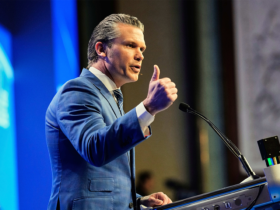
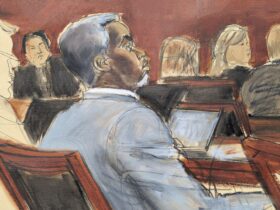
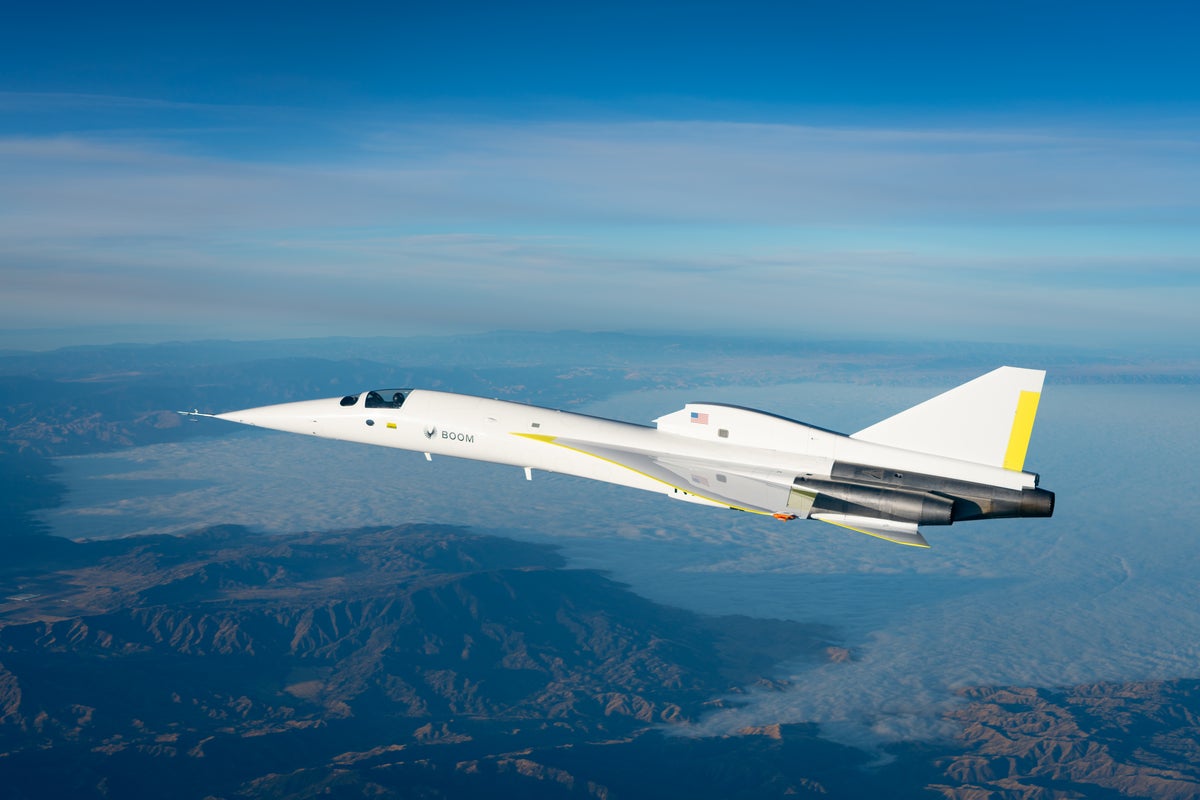


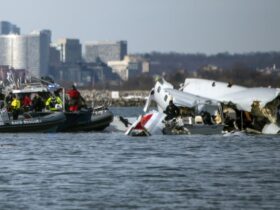
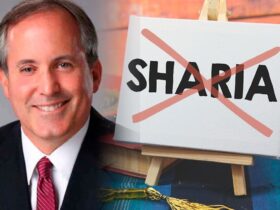
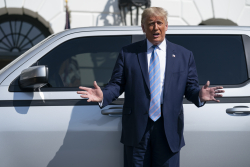

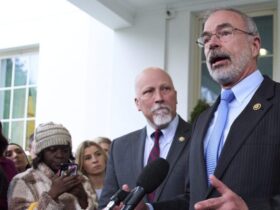

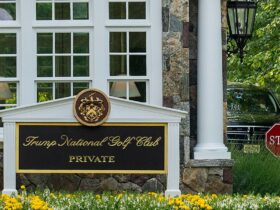
Leave a Reply